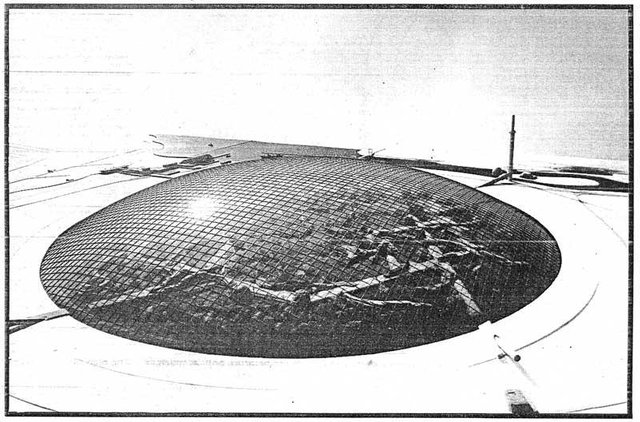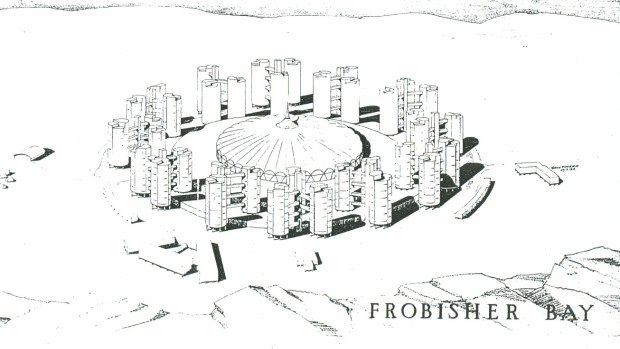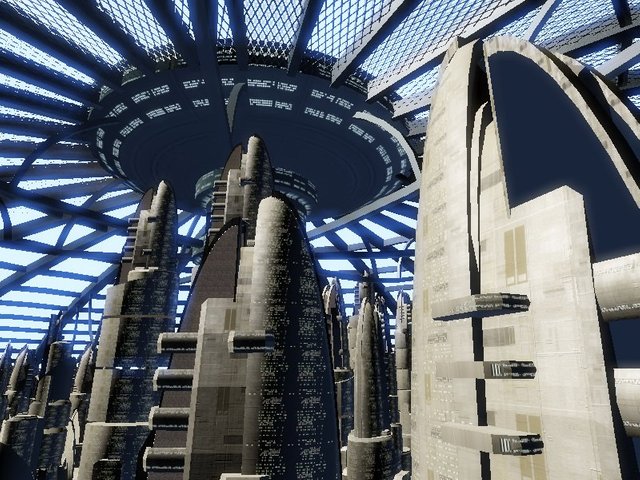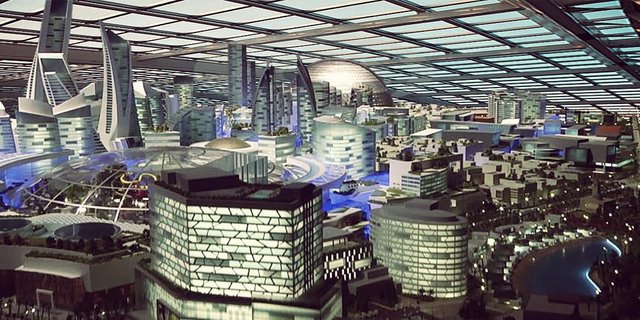Could We Colonize the South Pole? How Would We Do It? (Patreon)
Content
My article the other day about the upcoming overhaul of McMurdo did well enough that it seemed to me a good idea to delve more deeply into the topic of Antarctic settlement. Obviously, given the numerous research bases there, it's possible for large human populations to dwell there long term.
However these bases are bespoke, designed and built to be one-off installations with numerous expensive mechanisms to adapt them to the harsh Antarctic environment. Cost saving measures will be necessary to build enough living space for millions of people per population center at an economically feasible price point.
Such a design study was carried out in 1958, in search of new applications for the then burgeoning nuclear power industry. Where do you really need a nuclear reactor? Where on Earth will nothing else but nuclear power do the job? Besides in nuclear submarines, the polar regions are also an ideal candidate.
This was the reasoning behind Iqaluit, a concept for an Arctic settlement that would support a population of 4,500. It was to be constructed on the shore of Frobisher bay and would've consisted of a ring of apartment buildings encircling a communal use concrete dome under which there would be a lush, green park .
24/7 access to this natural space would stave off the worst psychological effects of living full time in such a harsh, cold, bleak environment by the thinking of the project designers. Contrast this with existing cities within the Arctic circle like Norilsk where citizens somehow make do without such amenities.
Materials science has come a long way since then. A bilayer of EFTE plastic with air trapped between the two laters like an inflatable pillow would make for a dome with the same or better insulating properties, except it would be transparent, admitting ample natural sunlight.
This type of dome has already been in use for many years at the Eden Project, which I've written about in the past. The advantages of this technique are proven, and the data collected so far could be used towards a vastly larger, more ambitious project at the South Pole.
This would permit comfortable temperatures year round and insulation from the worst weather Antarctica can muster. It would be energy intense in terms of the heating cost, but that's where nuclear power comes in. There have been failed experiments with extreme cold weather nuclear power in the past (Project Ice Worm) but the technology has come a long way since then.
The abundance of waste heat produced this way would no longer be "waste heat" as it could be used to continually melt ice into drinking water. The unusually cold environment would also be especially safe for a nuclear reactor, and the abundance of self-replenishing ice and snow would enable it to make its own coolant wherever it happens to be situated.
Besides providing comfortable living conditions for the families of miners and oil workers once the Antarctic Treaty expires in 2048, the domed settlement would serve as a proof of concept for future large scale dome projects such as the one frequently proposed for Houston, to shield it against hurricanes.
This would prevent the need for the buildings inside the dome to all be constructed to the standard necessary to withstand Antarctic winters, like the Amundsen Scott South Pole Station and other research bases out on the ice.
However should support for constructing the dome not materialize, it would still be feasible to build cities out of structures like the ones already in use at the South Pole, it would just financially constrain the rate of growth and offer an inferior quality of life for residents.
At any rate, if Iqaluit was considered feasible in 1958, we could surely do the same today, and we should expect to see movement in that direction once the Antarctic Treaty expires. Iqaluit and the preponderance of modern research bases afford some idea of what we can expect future Antarctic population centers to look like.
Will you, or your descendants, be among the first civilians to settle there?



